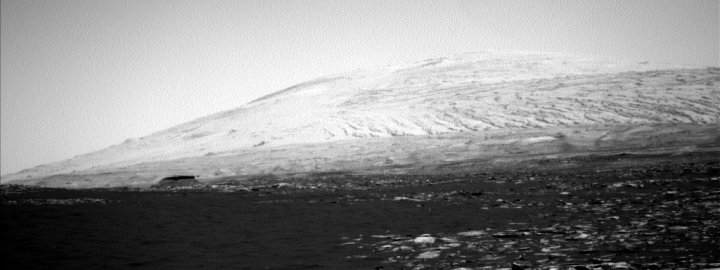Corzine fined $5 million for stealing $1 billion
Slap on the wrist: Jon Corzine, former Democratic governor and Senator for New Jersey, has been fined $5 million for his part in misusing and losing $1 billion of privately owned customer funds and eventually causing the bankruptcy of MF Global.
What Corzine did was the equivalent of a banker illegally taking your savings from the bank to invest in risky stocks, without telling you, and then losing that money when the investments went sour. The banker would go to jail for doing that. Corzine however was a major player in the Democratic Party. Not only was he a governor and senator, he raised funds for Barack Obama’s presidential campaign. Thus, he must be blameless and pure, and must not be punished for things that were clearly forced upon him by the evil Reagan-Bush administrations. This fine is only occurring because of civil action, not because he was prosecuted for his crimes, something that the Obama administration refused to do.
Slap on the wrist: Jon Corzine, former Democratic governor and Senator for New Jersey, has been fined $5 million for his part in misusing and losing $1 billion of privately owned customer funds and eventually causing the bankruptcy of MF Global.
What Corzine did was the equivalent of a banker illegally taking your savings from the bank to invest in risky stocks, without telling you, and then losing that money when the investments went sour. The banker would go to jail for doing that. Corzine however was a major player in the Democratic Party. Not only was he a governor and senator, he raised funds for Barack Obama’s presidential campaign. Thus, he must be blameless and pure, and must not be punished for things that were clearly forced upon him by the evil Reagan-Bush administrations. This fine is only occurring because of civil action, not because he was prosecuted for his crimes, something that the Obama administration refused to do.

